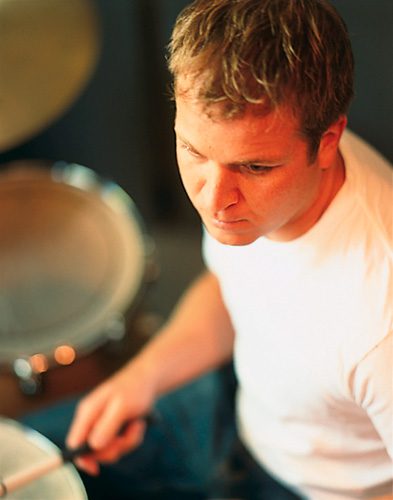Beethoven, No. 9
You may recognize a familiar tune starting at 48:30. Considered perhaps the greatest composition ever written, Beethoven’s Ninth contains the familiar melody “Ode to Joy” in the final movement. Beethoven was one of the first to include a choral symphony (a symphony that uses soloists or a chorus) in one of his compositions.
Mahler, No. 2, performed by the BYU Combined Choirs And Philharmonic Orchestra (audio)
Also known as the Resurrection Symphony, this symphony has five movements representing funeral rites, happy memories, disillusionment, reconciliation with God, and Final Judgment.
Mahler, No. 2, performed by the BYU Combined Choirs And Philharmonic Orchestra (video)
Shostakovich, No. 5
Shostakovich’s complicated relationship with Russian socialist government makes this piece and its history all the more dynamic and intriguing.
Strauss, “Four Last Songs”
The last three of the four songs describe a calm and peaceful acceptance of imminent death—fitting, as Strauss composed them only months before his death. The songs are “Frühling” (“Spring”), “September,” “Beim Schlafengehen” (“Going to Sleep”), and “Im Abendrot” (“At Sunset”).
Sibelius, No. 5
Katseanes introduces one of his favorite symphonies.
Sibelius, No. 5, performed by the BYU Philharmonic Orchestra
See if you can spot where the swan theme begins in the third movement.









